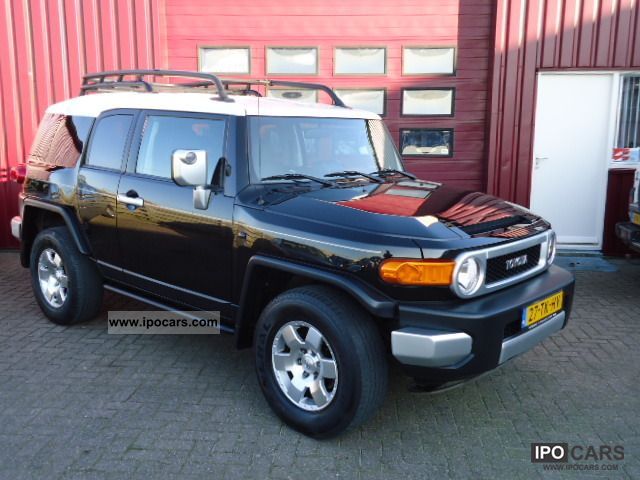4WD

Four-wheel drive, also called 4×4 (“four by four”) or 4WD refers to type of a vehicle, specifically one with its drivetrain capable of providing torque to all wheel ends of a two-axled vehicle simultaneously. It may be full-time, or on-demand, and is typically linked via a transfer case which provides an additional output drive-shaft, along with additional gear ranges.
When a four-wheeled vehicle has torque supplied to both axles, this is described as “all-wheel drive” (AWD). However, “four-wheel drive” typically refers to a set of specific components and functions, and/or intended offroad application, which generally complies with modern use of the terminology.

toyota 2006
AWD

All wheel drive (AWD) historically was synonymous with “four-wheel drive” on four-wheeled vehicles, and six-wheel drive on 6×6s, and so on, being used in that fashion at least as early as the 1920s. Today in North America the term is applied to both heavy vehicles as well as light passenger vehicles. When referring to heavy vehicles the term is increasingly applied to mean “permanent multiple-wheel drive” on 2×2, 4×4, 6×6 or 8×8 drive train systems that include adifferential between the front and rear drive shafts. This is often coupled with some sort of anti-slip technology, increasingly hydraulic-based, that allows differentials to spin at different speeds but still be capable of transferring torque from a wheel with poor traction to one with better. Typical AWD systems work well on all surfaces, but are not intended for more extreme off-road use. When used to describe AWD systems in light passenger vehicles, it refers to a system that applies torque to all four wheels (permanently or on demand) and/or is targeted at improving on-road traction and performance (particularly in inclement conditions), rather than for off-road applications.
Some all wheel drive electric vehicles solve this challenge using one motor for each axle, thereby eliminating a mechanical differential between the front and rear axles. An example of this is the dual motor variant of the Tesla Model S, which on a millisecond scale can control the torque distribution electronically between its two motors.

DIFFERENCE BETWEEN 4WD AND AWD
AWD practically always refers to a four wheel drive system that is primarily intended for use on paved roads. These systems operate automatically with no intervention from the driver. Some AWD systems include some level of control that optimizes function for road conditions, but no AWD system requires that the driver engages the control to enable four wheel drive. All AWD systems have some form of mechanical, electronic, or electromechanical center differential that allow for speed differences between front and rear axles and use on dry pavement.
AWD systems are either full time (4 wheels driven) or part-time automatically engaging systems that send little or no power to one axle unless the other axle slips or the computer deems it necessary to transfer power. Most performance AWD systems are full time systems. Some systems, like the Audi TT’s and Volvo AWD systems are part time but automatically engaging, sending a variable amount of torque to the second axle (generally the rear, though Porsche has a backwards setup on newer AWD 911 models that employ Porsche Traction Management).
4WD generally refers to systems that are intended for off road use. This is a much less clearly defined term than “awd” as many soft roaders like the CR-V and Toyota Highlander are deemed 4WD when in fact their systems are ill suited for any off road use. Many 4WD systems are part time systems that do not employ a center differential. This is important to know because the center differential is a device that allows for rotational differences between the front and rear axle. A part time 4WD system will never be referred to as AWD.
4WD trucks (they are almost always trucks except for 80’s subarus) with part time systems cannot operate in 4WD for extended periods on dry pavement with excess wear on tires and possible damage to the drivetrain. The advantage of part time 4wd is additional traction on loose surfaces and greater control- the driver can select true 2wd at any time to conserve fuel. The disadvantage is the risk of damage to the system caused by driver error as well as an inability to react to sudden changes in traction. Most part time systems include a low range that allow for crawling slowly over obstacles.
Full time 4wd systems are like AWD systems, employing a center differential. Many may also include a 2 speed transfer case and can operate on pavement with no driver intervention. Some can be disengaged and put in 2wd mode, but they are still considered full time since they can be used at all times.
SOURCE: www.google.com, www.quora.com
